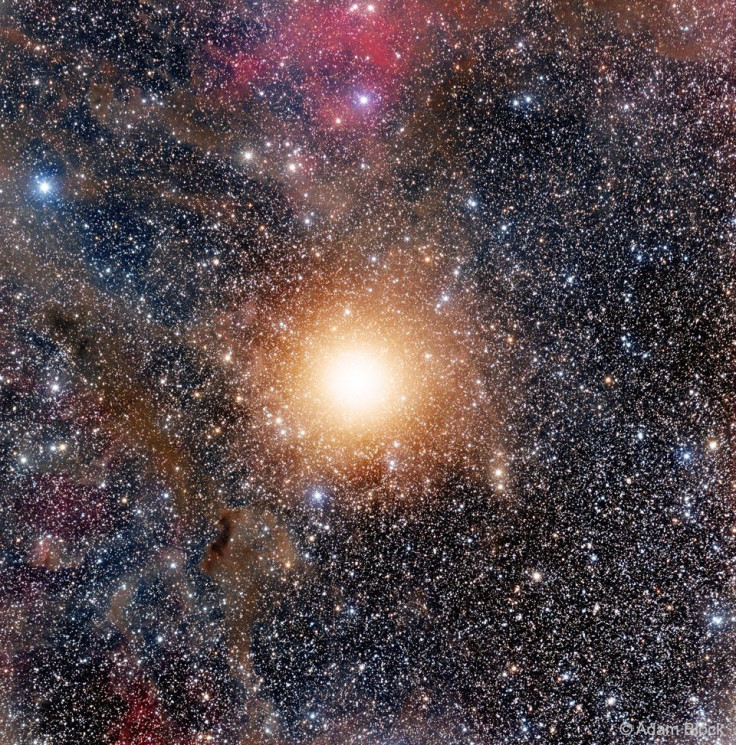Star Spots That Cover Most Of Supergiant Betelgeuse Reduced Its Brightness By 40%, Says Study

KEY POINTS
- Betelgeuse has been fascinating astronomers in recent months because of its dimming
- A previous hypothesis suggested that the dimming is caused by dust around the star
- A new study found evidence that is incompatible with the dust hypothesis
- Instead, the study suggests the dimming may be caused by massive cool star spots
Betelgeuse has been fascinating astronomers in recent months because of the mysterious decline in its brightness, with some even suggesting that it might go supernova. The researchers of a new study are now suggesting that the supergiant star's dimming could be the result of massive cool star spots covering its surface.
Betelgeuse is a red giant in the constellation Orion that is considered as one of the brightest stars in the sky. However, between October 2019 and April 2020, astronomers observed that Betelgeuse lost about 40% of its normal luminosity, leading some to speculate that it was about to go supernova. If it does, scientists predict that it would be so bright that it will still be visible even in the daylight and will be as bright as the Moon at night.
However, scientists have also found other possible explanations for Betelgeuse's dimming. Only recently, scientists noted the possibility that the supergiant's dimming was a result of the star shedding material, which then developed into a cloud of dust that obscured it sbrightness.
To test this hypothesis, an international team of scientists evaluated new as well as archival data from the Atacama Pathfinder Experiment and the James Clerk Maxwell telescope, which scientists have been using to observe cosmic dust. Seen through these telescopes, the otherwise invisible interstellar dust would emit a glow in submillimetre waves.
However, instead of finding the glow of cosmic dust around Betelgeuse, the researchers found that it had become darker even in submillimetre waves, making the dust hypothesis incompatible with the data.
What the researchers found, however, is that Betelgeuse itself is causing the changes in its brightness.
"Corresponding high-resolution images of Betelgeuse from December 2019 show areas of varying brightness," study co-author Peter Scicluna of the European Southern Observatory said in a press release from the Max Planck Society. "Together with our result, this is a clear indication of huge star spots covering between 50% and 70% of the visible surface and having a lower temperature than the brighter photosphere."
Simply put, the dimming of Betelgeuse could possibly be caused by cool star spots so massive that they cover more than half of the supergiant's surface.
"For comparison, a typical sunspot is the size of the Earth. The Betelgeuse star spot would be a hundred times larger than the Sun," study co-author Albert Zijlstra from the University of Manchester, U.K., told the BBC.
So far, not a lot is known about the lifetimes of star spots. In the case of our Sun, sunspots tend to increase and decrease in an 11-year cycle; but it is unclear whether it is the same with Betelgeuse, which is so massive that it would almost reach Jupiter if placed at the center of our solar system.
"Observations in the coming years will tell us whether the sharp decrease in Betelgeuse's brightness is related to a spot cycle," study lead Thavisha Dharmawardena of Max Planck Institute for Astronomy in Heidelberg said. "In any case, Betelgeuse will remain an exciting object for future studies."
The study is published in The Astrophysical Journal Letters.
© Copyright IBTimes 2025. All rights reserved.






















